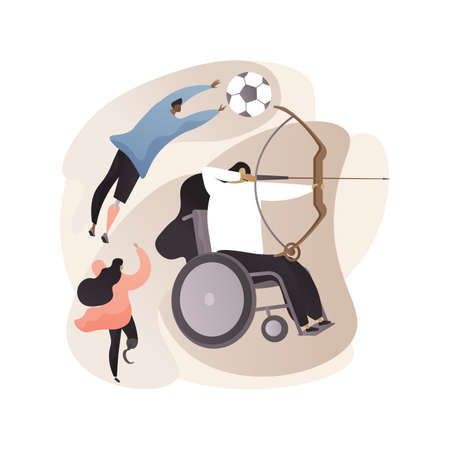
Technology and its effects on the use of it in the sporting careers of persons with disabilities.
In recent years, technology has played a significant role in improving the lives of people with disabilities, including those involved in sports. Thanks to advances in technology, individuals with disabilities can now participate in a wide range of sporting activities and excel in their chosen sport.
One of the most significant developments in sports technology has been the creation of specialized equipment that enables people with disabilities to participate in sports more easily. For example, wheelchairs have been specifically designed for basketball and tennis players, allowing them to move around the court with greater speed and agility. Similarly, prosthetic limbs have been developed for runners, enabling them to compete on an equal footing with able-bodied athletes.
In addition to specialized equipment, technology has also made it possible for athletes with disabilities to train more effectively. Fitness trackers, for example, can be used to monitor heart rate, calories burned, and other metrics during workouts. This data can then be analyzed to identify areas for improvement and create personalized training plans. Similarly, video analysis software can be used to analyze an athlete’s technique and identify areas for improvement.
Another area where technology has had a significant impact is in the provision of coaching and support for athletes with disabilities. Thanks to video conferencing software and other communication tools, coaches and athletes can work together remotely, regardless of where they are located. This means that athletes with disabilities who live in remote or rural areas can still access the best coaching and support available.
Finally, technology has also made it possible for athletes with disabilities to compete on a global stage. The Paralympic Games, for example, have grown in popularity in recent years, thanks in part to the widespread use of television and streaming services. This increased exposure has not only helped to raise awareness of the achievements of athletes with disabilities but has also inspired a new generation of young people to get involved in sports.
Concluding with, technology has had a hugely positive impact on the lives of people with disabilities, particularly in the area of sports. Thanks to advances in equipment, training tools, coaching, and global communication, individuals with disabilities can now participate in sports and compete at the highest level. As technology continues to evolve, it is likely that we will see even more innovations that will help to break down barriers and enable people with disabilities to achieve their full potential in the world of sport.
